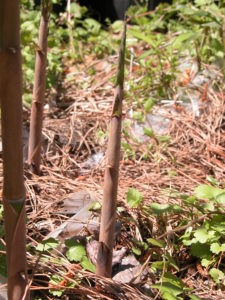
Thinking About Growing Bamboo? Proceed With Caution!
Bamboo is planted for its ornamental qualities, grown for wood or wood fibers, or grown for edible bamboo shoots. …



Due to limited staff in the office, we may be closed at times. Please call 252-257-3640. We apologize for any inconvenience.
El inglés es el idioma de control de esta página. En la medida en que haya algún conflicto entre la traducción al inglés y la traducción, el inglés prevalece.
Al hacer clic en el enlace de traducción se activa un servicio de traducción gratuito para convertir la página al español. Al igual que con cualquier traducción por Internet, la conversión no es sensible al contexto y puede que no traduzca el texto en su significado original. NC State Extension no garantiza la exactitud del texto traducido. Por favor, tenga en cuenta que algunas aplicaciones y/o servicios pueden no funcionar como se espera cuando se traducen.
Inglês é o idioma de controle desta página. Na medida que haja algum conflito entre o texto original em Inglês e a tradução, o Inglês prevalece.
Ao clicar no link de tradução, um serviço gratuito de tradução será ativado para converter a página para o Português. Como em qualquer tradução pela internet, a conversão não é sensivel ao contexto e pode não ocorrer a tradução para o significado orginal. O serviço de Extensão da Carolina do Norte (NC State Extension) não garante a exatidão do texto traduzido. Por favor, observe que algumas funções ou serviços podem não funcionar como esperado após a tradução.
English is the controlling language of this page. To the extent there is any conflict between the English text and the translation, English controls.
Clicking on the translation link activates a free translation service to convert the page to Spanish. As with any Internet translation, the conversion is not context-sensitive and may not translate the text to its original meaning. NC State Extension does not guarantee the accuracy of the translated text. Please note that some applications and/or services may not function as expected when translated.
Collapse ▲
Bamboo is planted for its ornamental qualities, grown for wood or wood fibers, or grown for edible bamboo shoots. …

Authored by: Charlie Cahoon and Wes Everman Most folks are trying to put the 2018 growing season behind them, especially …
Fusarium Head Blight Fusarium head blight of wheat (also known as scab) is one of the most problematic diseases of …
Forage Recovery Plan 2019 A wet fall 2018 not only delayed, and in some cases completely prevented, timely fall-plantings of …
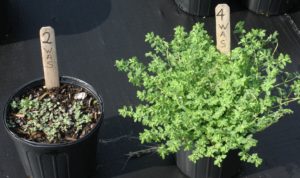
Want to reduce your labor costs for hand weeding container nurseries? The simple (but hard answer) is to hand …
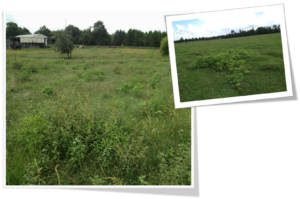
N.C. Cooperative Extension Conference 2018 Concurrent Session: Pasture Management: Weeds, Fertilization, and Grazing Management Impacts on Pasture Productivity In addition to adequate …
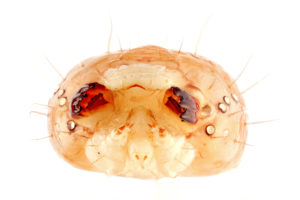
Tobacco budworms (Heliothis veriscens) and corn earworms (Helicoverpa zea) are two common crop-damaging caterpillars. They both feed on a …
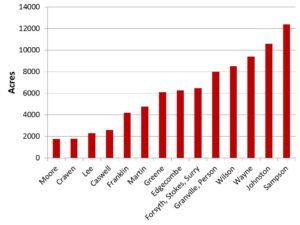
As part of our annual flue-cured tobacco production surveys, we ask county extension agents questions about current insect pest-control …

The insecticide toolbox in tobacco has changed significantly during the past year. As many growers and extension personnel are …
Safe pesticide storage is essential, especially in disaster situations. Improperly stored pesticide products can pose significant threats to humans …
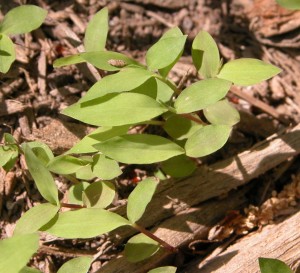
Japanese stiltgrass (Microstegium vimineum) is a summer annual grass common in the area woodlands, greenways, and shady lawns and …
Note: DEET is the active ingredient found in the most common tick and mosquito repellants. Dear Paul, Here is the situation; …
This piece originally appeared in the Warren Recod. Whether you want to control lawn weeds, keep mosquitoes at bay, protect …

As part of our annual flue-cured tobacco production surveys, we asked county extension agents questions about current insect pest-control …

We observed both a decrease in flea beetle populations and an increase in predators this week at our remaining …

This factsheet describes the biology and disease control of Southern Blight in Herbaceous Ornamentals
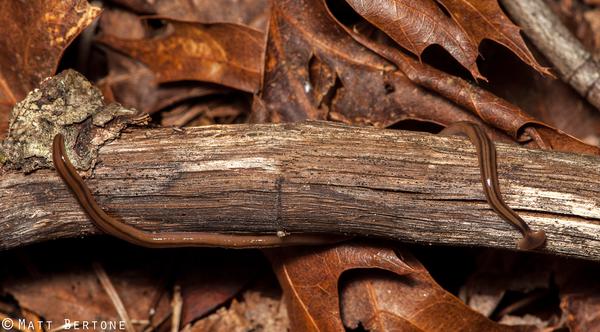
This factsheet offers information on the identification and management of various flatworms that may be …
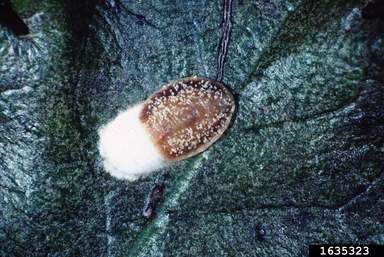
This article will cover two important scale insect pests of blueberries in North Carolina, terrapin …

This fact sheet compiles common disease of dogwood trees (Cornaceae) in North Carolina. It contains …
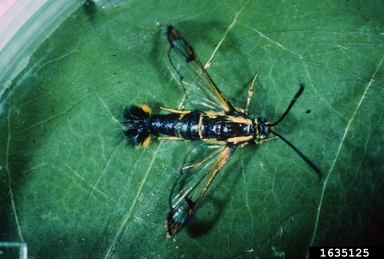
This fact sheet compiles common arthropod pests of dogwood trees (Cornaceae) in North Carolina. It …
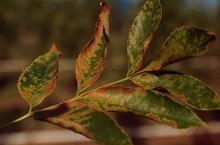
This factsheet describes several diseases that impact the health of ash trees.
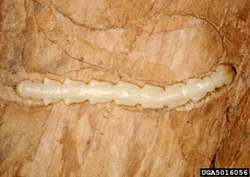
This factsheet provides descriptions of several pests of Ash trees in North Carolina. It describes …

This factsheet provides brief descriptions of common disease pests of maple (Acer spp.) in North …